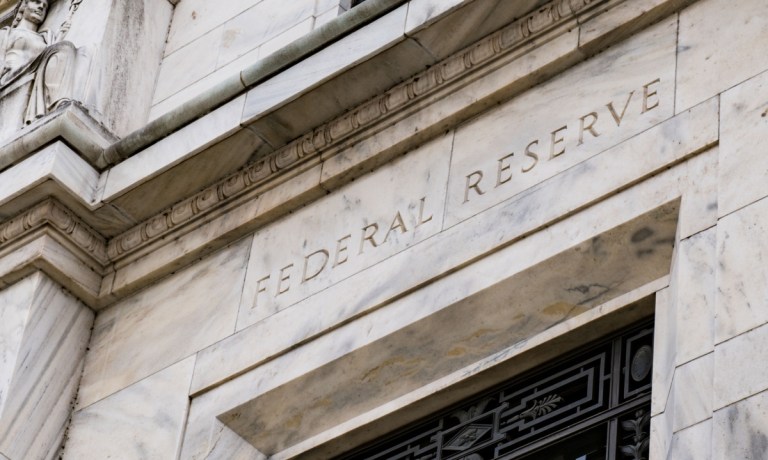
The Federal Reserve is reportedly likely to keep interest rates where they are when it meets in September even though economic activity has remained unexpectedly strong.
Consumer spending in the United States experienced a notable increase in July, The Wall Street Journal (WSJ) reported Thursday (Aug. 31), citing figures from the Commerce Department. Consumer spending rose by 0.8% in July, up from a revised 0.6% increase in June. Even when adjusted for inflation, consumer spending still rose by 0.6% in July.
Despite the rise in consumer spending, price pressures remained modest, according to the report. The personal-consumption expenditures price index, which is the Federal Reserve’s preferred gauge of consumer prices, increased by 0.2% in July, maintaining the same pace as in June. Core prices, which exclude volatile food and energy categories, also rose at the same rate. Economists consider core inflation to be a better predictor of future inflation than overall inflation.
Inflation ran at a 2.1% annualized rate over the three months through July, the report said. In July alone, prices rose by 3.3%, slightly higher than the 3% gain in June. Core prices rose at a 2.9% annualized rate over the previous three months. These inflation figures are crucial for the Federal Reserve as they influence decisions regarding interest rates.
Despite the Federal Reserve’s efforts to slow down the economy and reduce inflation, Americans are spending at a faster pace, per the report. This is further supported by the recent strong retail sales report, which has raised concerns about accelerating growth and higher interest rates.
Fed Chair Jerome Powell has advocated for maintaining interest rates at the upcoming September meeting, while keeping the possibility of raising rates later this year if inflation doesn’t decrease, according to the report. The latest inflation readings are not expected to change the Fed’s outlook.
While overall consumer spending is on the rise, some recent earnings releases from merchants focused on nonessentials suggest that consumers’ attitude toward spending is more subdued, PYMNTS reported Thursday. Well-known merchants are struggling to attract much-needed sales and bolster their base.
One contributor to consumers’ muted outlook of where things stand — and where they are headed — is inflation. The Conference Board reported Tuesday (Aug. 29) that its Consumer Confidence Index reading for August came in below that of July and the consensus estimate due in part to concerns about rising prices.